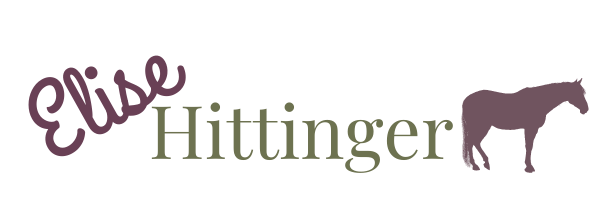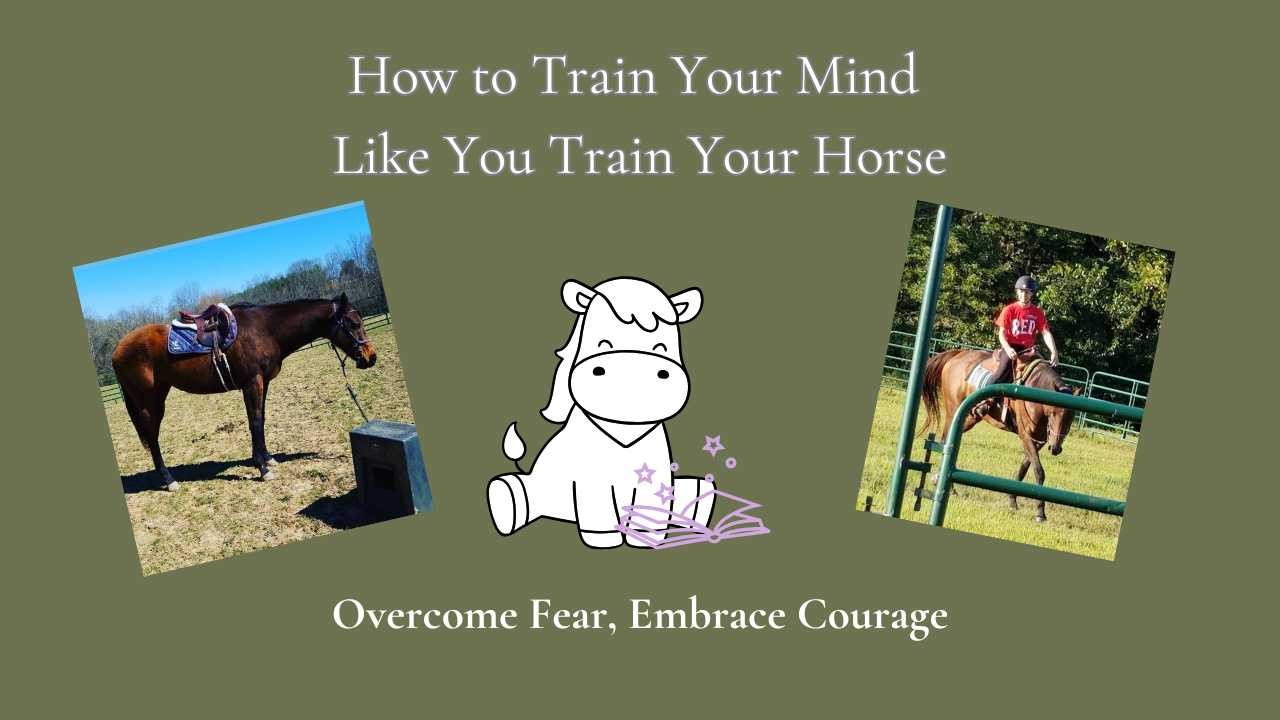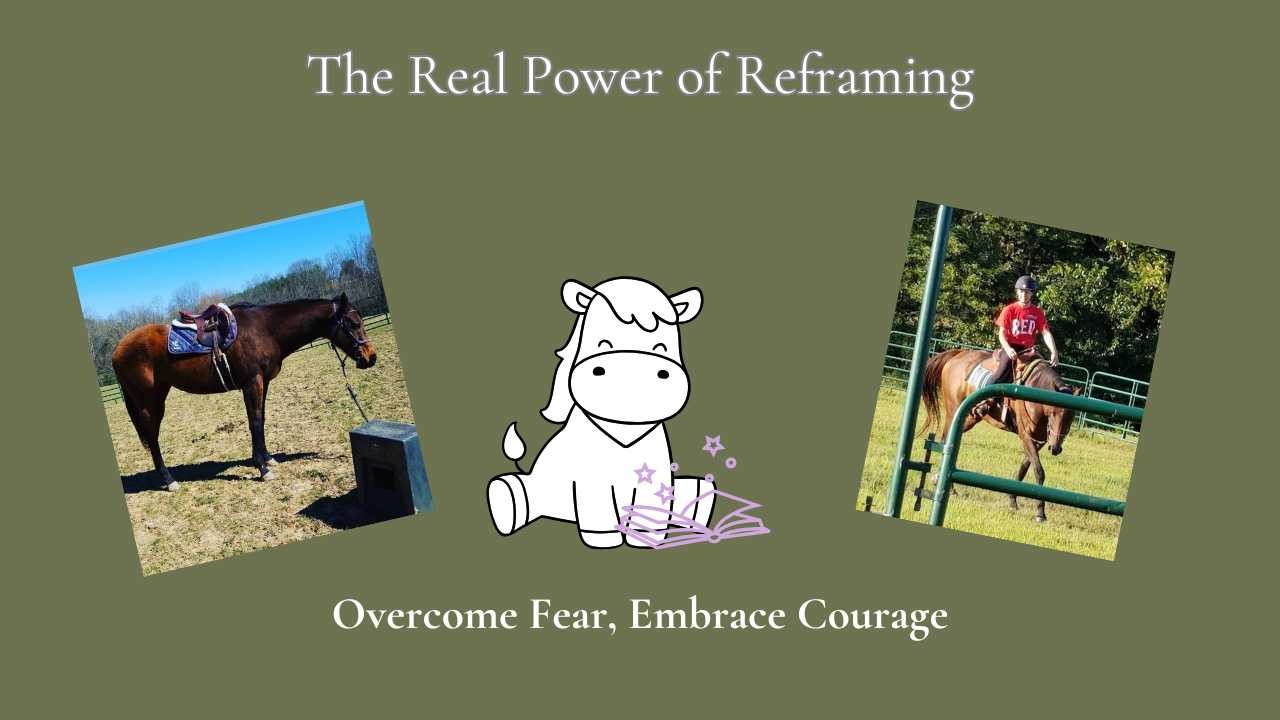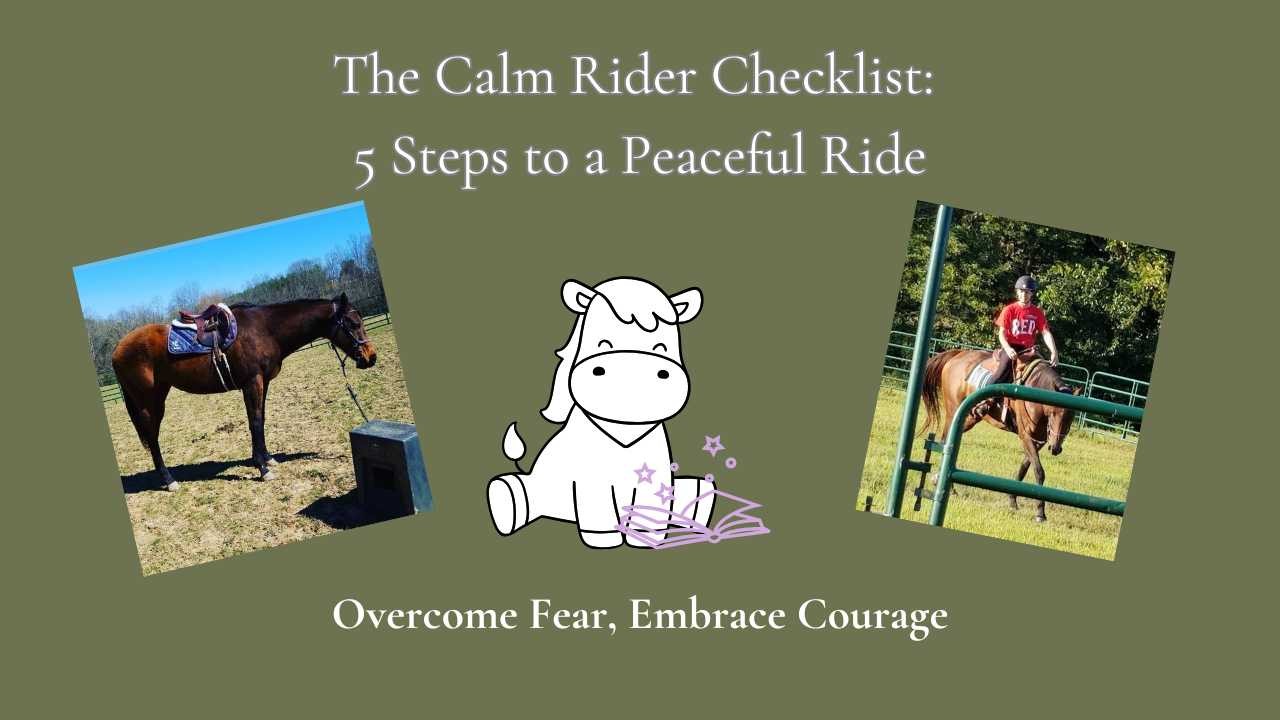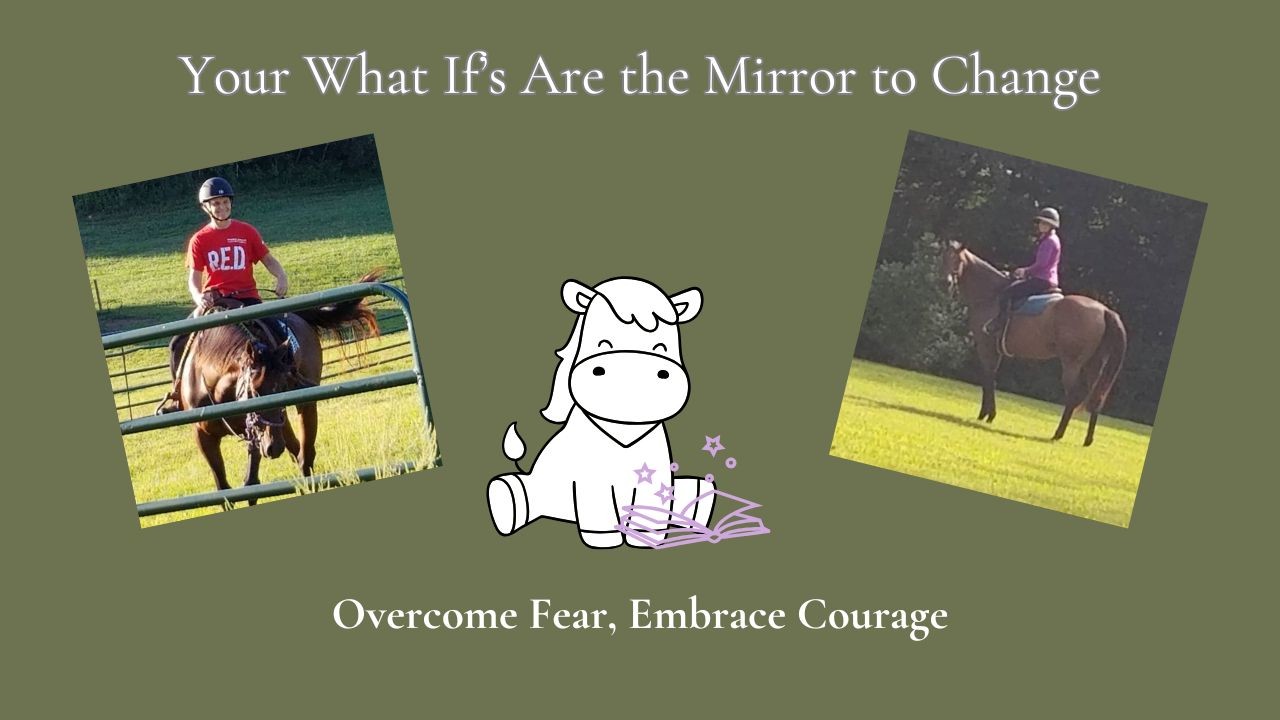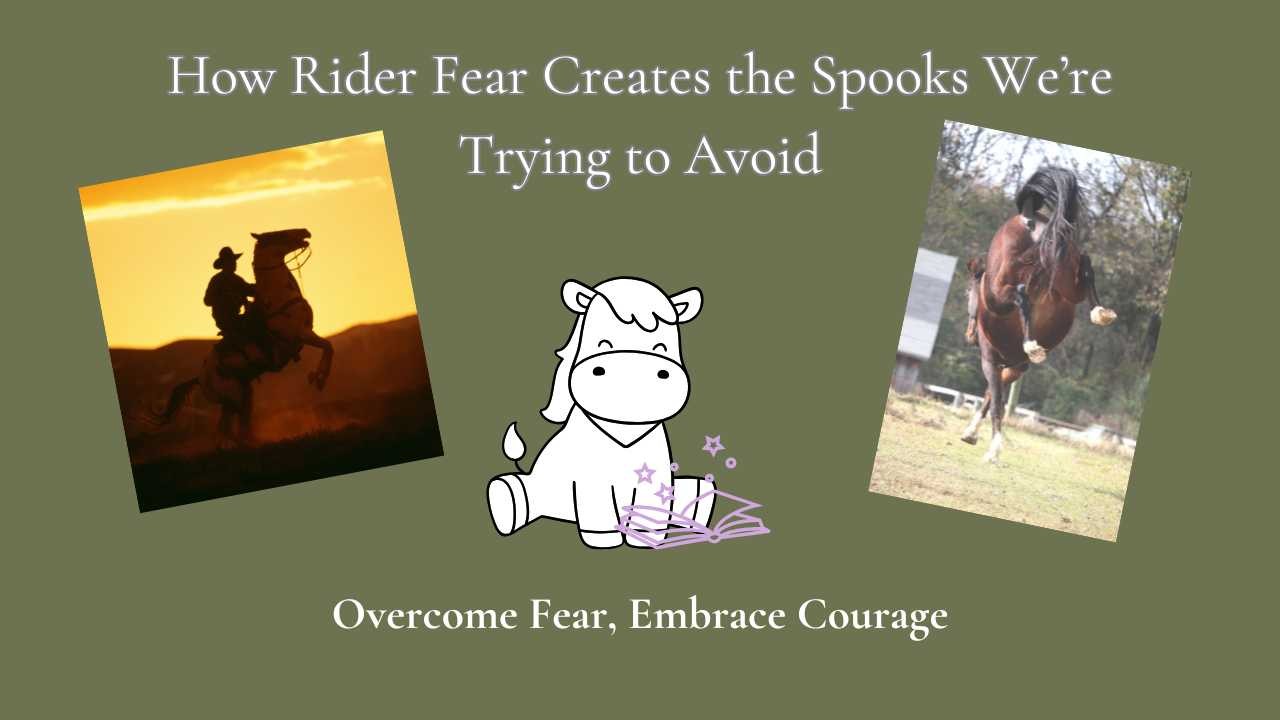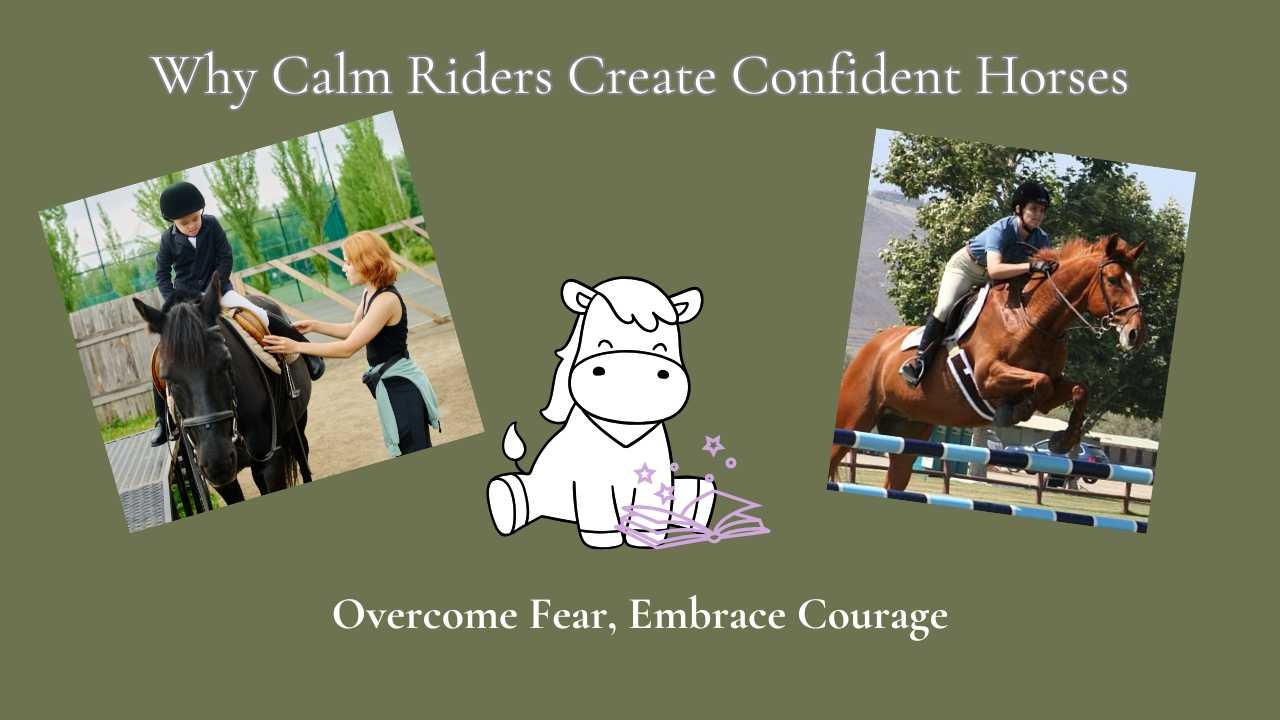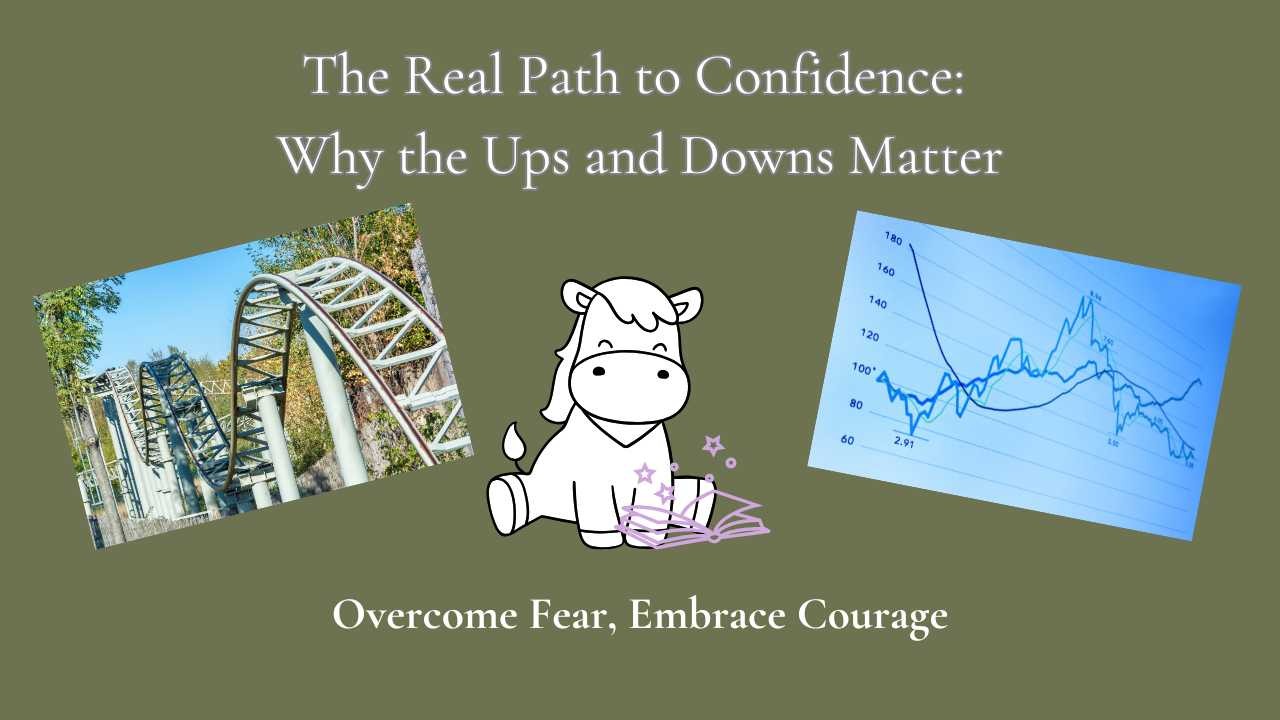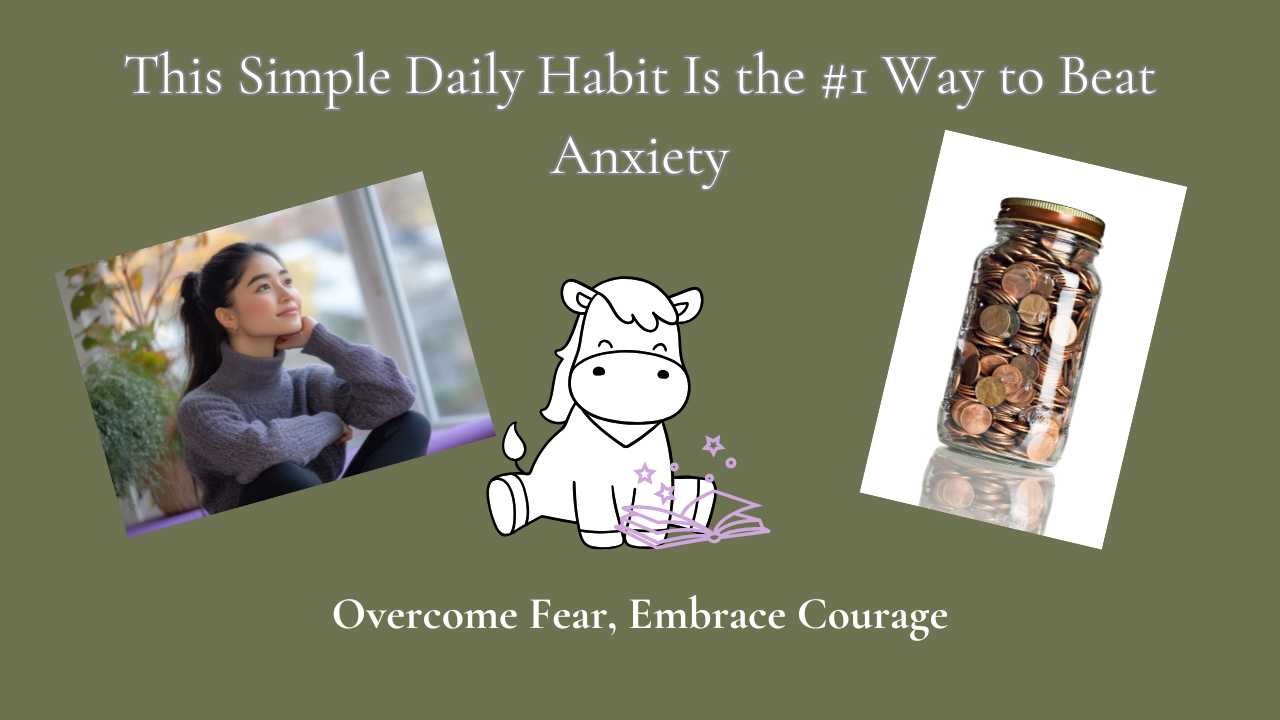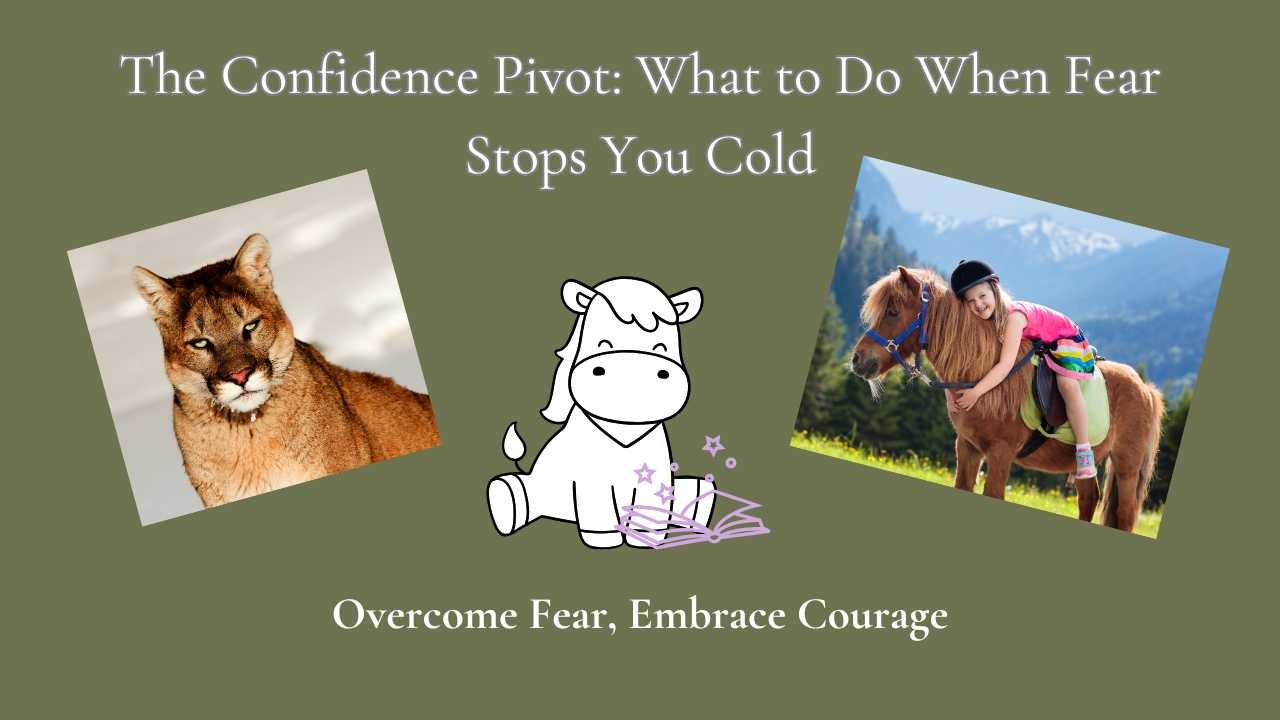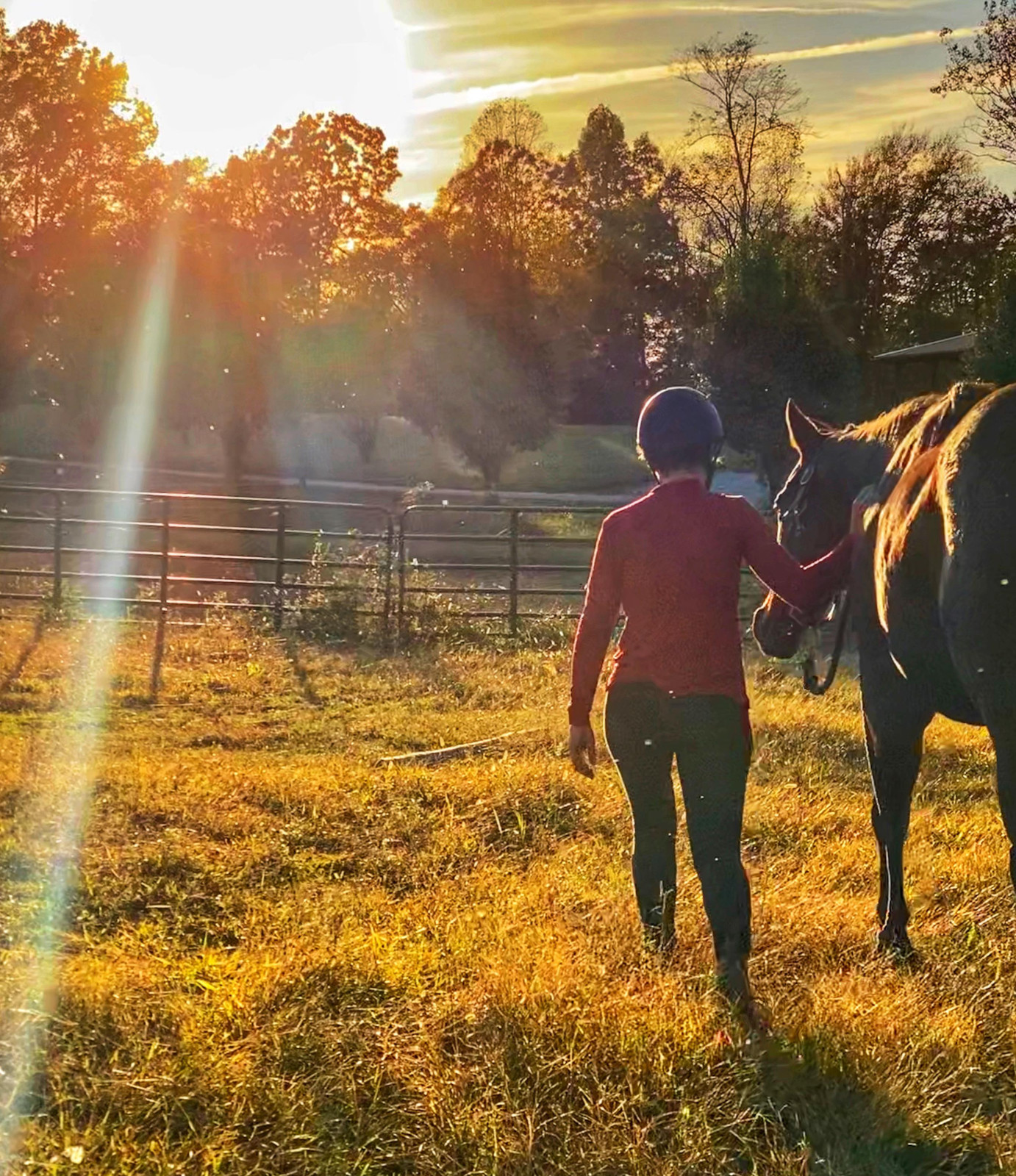
It was hot and humid as I was cleaning the horse shed. The horses were happily munching their food as the breeze started to swirl all around us. I saw the dreaded plastic bag bouncing around in the breeze around the horses legs. They didn't flick an ear as I stood there in shock. I realized that a lot of what we see in our horses is from us, not them.
I was sharing this with a friend and she told me about the lions and the zebras. She was a safari guide in Afirca for a bit and witneessed the most extroidinary example of energy. She was showing the herds at the watering hole, when a lioness walked right past them, through the herd, down to the water and drank. She then returned to the rest of the lions laying in the shade. Then she witnessed a lioness that must have been a little hungry and ready for dinner get up and start to walk toward the herd. The second lioness didn't make it 5 steps before the closest animals in the herd were on full alert and just a few steps later, there was a stampede, all in unison.
How can this help us?
First, we can clear our energy before we go play with our horses (or our families for that matter). Really be present with our feelings. Are we pushing out negative energies or are we calm and centered? It is so important to respect our relationship with our horses and ourselves enough to be aware of our energy. Our horses love to be with us and help us through things but it shouldn't be like that all the time. We can work on clearing our energy so we can just be with them.
Second, we can focus on where we are headed. When scary stuff comes up, I am the first to jump. I am working to focus on where I am heading and ignore all the scary stuff (unless the fear is real). I have been surprised at how this one small change has be more confident in all I am doing. I am also finding that the more I focus and build my confidence, it is like a wonderful snowball, filling me up with more and more confidence. I am also finding that the more I focus while riding, the less my horses spook at anything.
The third thing that has really been helping me is Hypnotherapy. I was a skeptic but now that it has changed so many things in my life for the better, I am loving being able to help others with this great tool. If you are interested in finding out if this would be a good fit for you, click here!

My palms were sweating, and I was having trouble breathing. My mind was racing, was I ready, could I do this, what was I thinking competing at 1.2M jumpers? My anxiety was at the peak! I did it anyway and loved it. Once I got started, the anxiety melted away into the fun. Like many of you, we feel anxiety and we step up and do it anyway. I know, there are times we let the anxiety get the best of us and we don't do it, but there are those times when we overcome and have fun.
Struggling with anxiety seems to be increasing and we are not sure what to do and that causes more anxiety. Here are my three tips to start taking charge of the anxiety you feel and stepping into confidence again.
1. Forgive yourself. This one may sound a little strange, but it is empowering. When we forgive ourselves for the things triggering our anxiety and for our anxiety itself, the weight starts to lift from our shoulders. We start to feel a little bit lighter. Feel a little (or a lot in some cases) better.
2. Lift up your head and shoulders. I realized that I was hunched over, trying to walk around the horse show in a fetal position. When anxiety builds, I shrink. It is amazing how much better you feel when you just sit a little taller, walk a little taller. Try it now. Just lift up your head and shoulders, breathe a little deeper and feel the confidence start to flow through you. Move your shoulders and head around a little and see if you can get just a bit more lift and a bit more confidence.
3. Know that you are created for more. We were not created to walk around or sit all hunched over. We were not created to let anxiety fill us up and hold us back. We were not created to carry that heavy burden of anxiety. We were created for more. Find that spark, that passion, that keeps you striving to leave the anxiety behind and step into confidence. You were created for more!
We all need a little extra help sometimes to lift the burden of anxiety from our shoulders. The journey to reclaiming your confidence doesn’t have to be taken alone. Just as you’ve faced your fears and stepped up to challenges, there are powerful tools available to support you along the way.
Hypnotherapy is one of those transformative tools. Ready to discover how it can help you lift the weight and unlock your potential? Click the link below to schedule a free consultation. Remember, you were created for more!
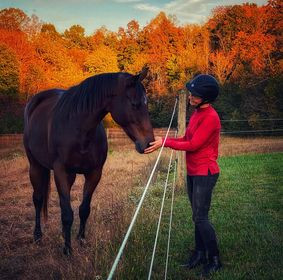
Your blog conveys a powerful and inspiring message! Here’s a revised version that enhances clarity and flow:
---
There I was, in front of 60 people in an arena, with loose horses galloping around me. My task? Get one of these horses to stand still while I walked around them. It felt like pure chaos, and I couldn’t fathom how I would succeed. Sure enough, none of the horses managed to stand still.
The second assignment was to stand still myself while a horse walked around me. Doubts crept in, and I remembered Henry Ford’s quote: “Whether you think you can or you think you can’t, you’re right.” In that moment, everything shifted. I stood perfectly still, closed my eyes, and centered myself.
Then, I noticed a frightened gray Arabian mare. She paused, drawn to my calm presence amid the chaos. Visualizing her walking around me, I simply watched as she began to move. I imagined her changing directions, coming closer or stepping back, all while maintaining my stillness. In that moment, I realized I could do anything.
Like many of you, I’ve often been my own worst enemy, doubting my abilities. Thoughts like “I can’t earn more money” or “I can’t make my spouse happy” can be overwhelming. We often fall into the trap of “I can’t.”
But when we embrace the power of “I CAN,” everything changes. That beautiful gray mare reminded me of my own potential, and I encourage you to find your “gray mare”—that symbol or experience that affirms, “YOU CAN.”
There’s another side to this story. The mare was headed for a difficult fate because no one could connect with her. She was in the final stages of training, and if it didn’t work out, she would be lost. For 30 minutes, we danced together. When the trainer finally saw her calm and confident, he recognized her worth and placed her in an amazing home. That day, she learned that “SHE CAN!” too.
So, take small steps every day toward your dreams and goals. Start believing that you can achieve anything, and you will become the person you were always meant to be.
I talk more about calm power in my latest podcast which you can listen too here: "Turn Riding Fear Around"
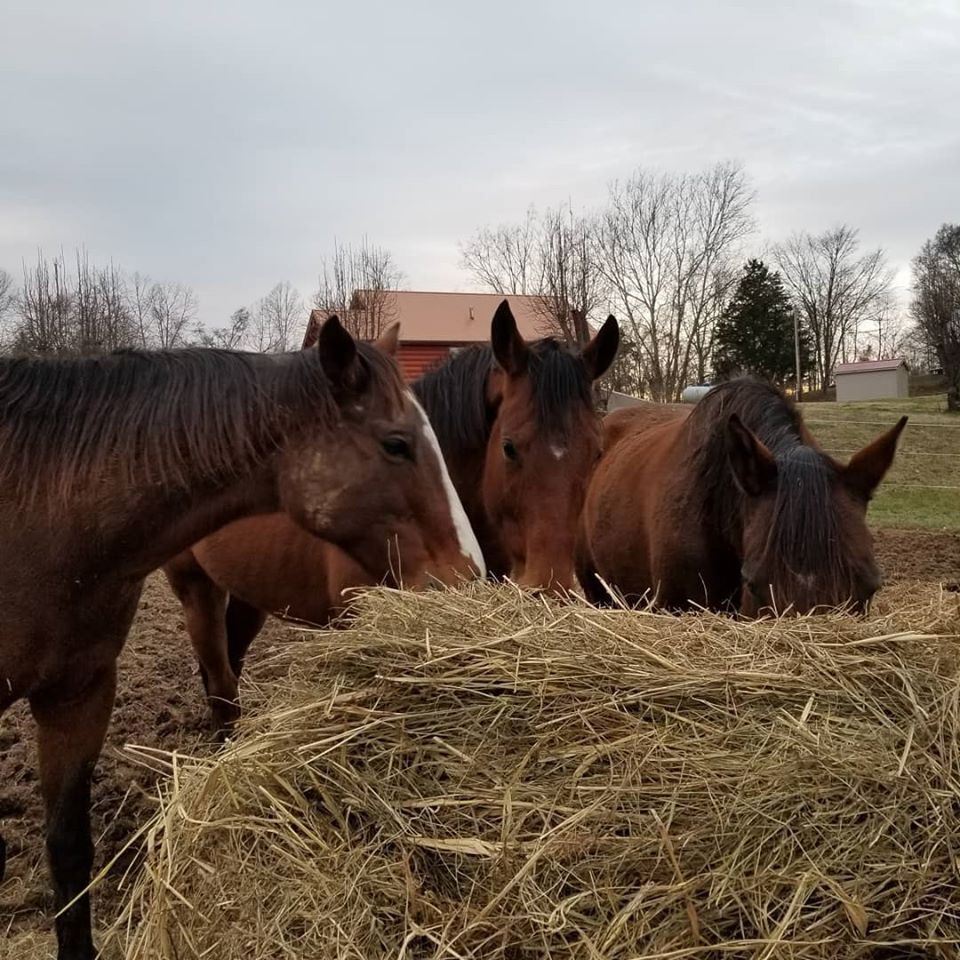
I had heard the phrase - "Ask a stallion, tell a gelding, negotiate with a mare!" and it really has been helping me think about ways we communicate with our horses. The key principle with this phrase for me is that we need to listen to our horses and adjust our communication for them. The phrase lumps everyone together and we can take a little from each one to become better communicators.
I was timid when I brought Binky home. She was super aggressive, and I shrunk from her. She bit me in the middle of the back and kicked my other horse, Taika, over on top of me TWICE. Not only did I not negotiate with her, but I also didn't tell her or ask her. I let her run the show. She had been through an extremely stressful life and was frantic for normalcy.
When I stepped back and really listened to her, I heard her fear. I felt her fear. I saw how desperate she was for a leader, someone to take charge and let her know she was safe. It was a wakeup call for me. I had to step into that which I feared, COURAGE, leadership, and caregiver. Caring for her emotionally as much as physically.
Because I listened to her, and really heard her, our relationship changed, and I grew in leaps and bounds. I had to step into power.
Our relationship transformed as I visualized myself as a mountain lion—not for her sake, but for my own empowerment. I set food out in the pasture and used a flag to communicate my presence, mimicking the behaviors of a protective leader. In time, Binky relaxed and became the sweetest horse. She no longer felt the need to guard herself; she allowed me to lead and keep her safe.
Remember, sometimes you must be firm—not cruel—to gain their trust and foster a deep bond.
I share more on my thoughts about this in my latest Podcast you can find on most podcast platforms or click here.
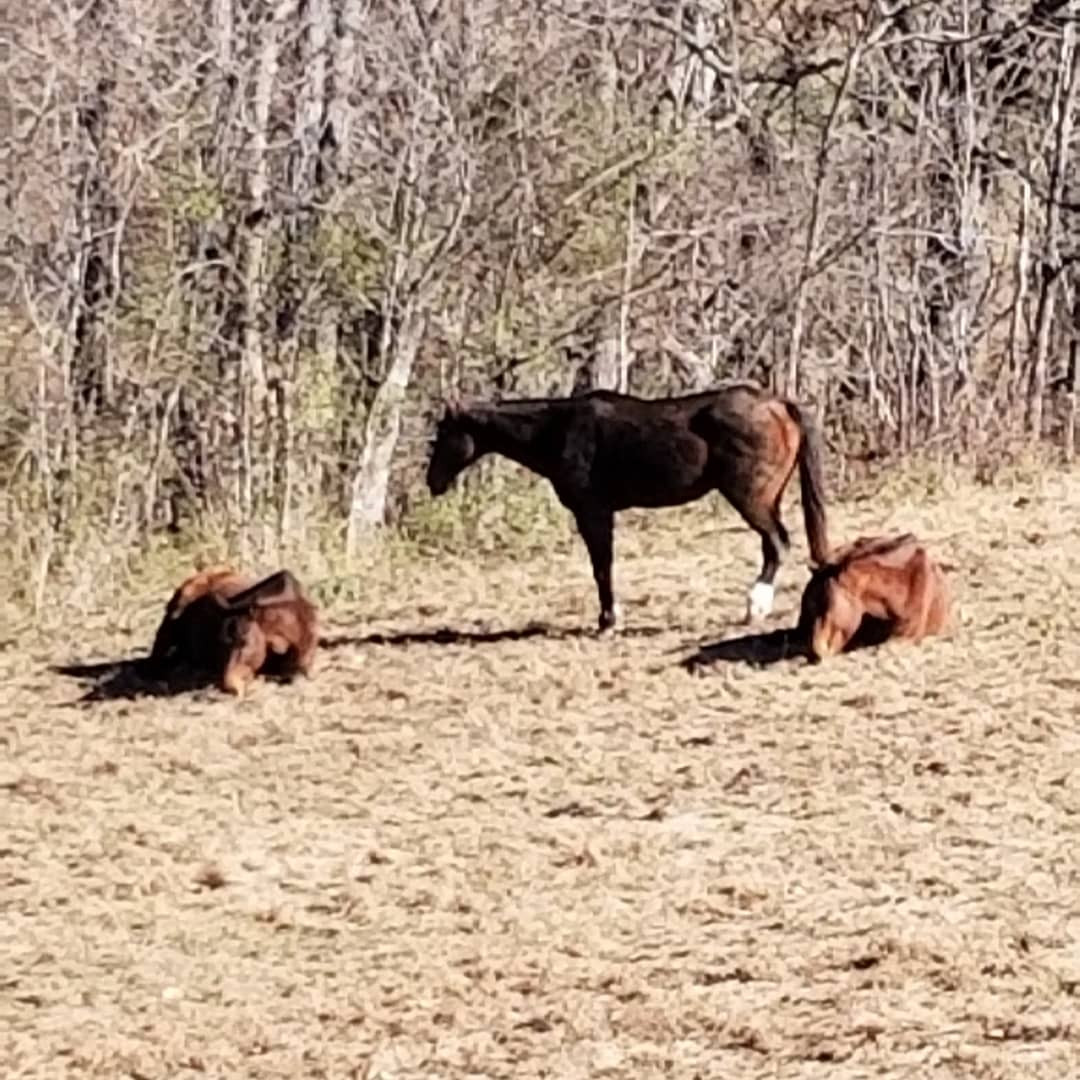
In December 2019, I embarked on a mission to cleanse my life of toxins. The results were remarkable. I transitioned from experiencing hot flashes every 5-10 minutes to having none at all. Night sweats, which had plagued me nightly, vanished. I felt rejuvenated. At the same time, I was caring for a horse with liver issues, and I was advised to remove all toxins from her environment to aid her recovery. The transformation was astounding. My horse, once aggressive and unpredictable, became gentle and affectionate. Even my equine chiropractor noticed the remarkable change in behavior, comparing her newfound calmness to that of geldings.
Maintaining a toxin-free environment had become a routine for us, ensuring our well-being and harmony. However, an eye-opening experience made me realize just how significant this change was. During a routine clean-up, I stumbled upon six jars of SWAT, an insect repellent I had previously used. Despite my better judgment, I decided to use them for the summer instead of sticking to my newly established, toxin-free practices.
The results were almost instantaneous. Within 24 hours, I began to experience hot flashes and night sweats again. The mares, who had previously been calm and cooperative, suddenly reverted to their aggressive, territorial behavior. The peaceful farm atmosphere quickly descended into chaos, with tensions rising and tempers flaring. It took me another few days to figure out what was going on while we all suffered.
This unexpected turmoil drove home a powerful lesson: even seemingly small toxins can have significant impacts on our health and the well-being of those around us. The experience reaffirmed my commitment to maintaining a toxin-free lifestyle, proving that the changes I had made were not just beneficial but essential for harmony and health.
I challenge you to start going through the ingredients before replacing something and look up the ingredients. See what is in the product you are using and what you are using on your horses too. Just start switching stuff out as you go. You will be amazing on the tranquility that descends on your farm.
I talk more about this on my latest podcast if you would like to listen to it. TURN RIDING FEAR AROUND.
